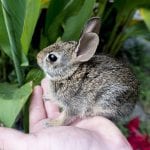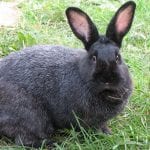Scientific Facts
| Common Name: | Sallander rabbit |
| Scientific Name: | Oryctolagus cuniculus |
| Life Span: | Up to 10 years |
| Size: | Medium |
| Weight: | 6 to 9 pounds |
| Country of Origin: | Netherlands |
Fast Facts
Best Suited For: Rabbit owners who have built a few years of rabbit caring experience
Temperament: Active. Energetic. Lively. Skittish.
Comparable Breeds: Thuringer Rabbit and a Standard Chinchilla Rabbit
Physical Description
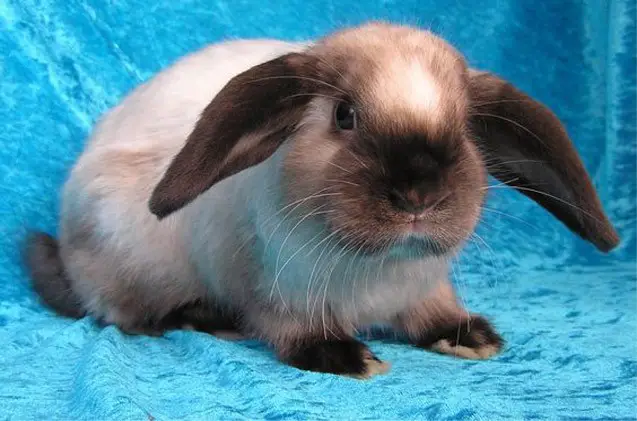
Generally, a sallander rabbit can be described as rounded and fairly stocky pets. They are medium in size and can have muscular bodies. Their neck is nearly invisible because it is quite short, but their heads feature quite a wide muzzle. Their bunny ears are wide and are quite as long as 4 or 5 inches long. The sallander rabbits also have bright eyes that give them a bold and alert appearance.
The most distinguishable part of the sallander rabbits is their beautiful coatings. It looks like a watercolor blending of black and gray. Their fur also feels dense, short, and soft. The light gray markings all over their skin darken a lot over their bellies, cheeks, and flanks. The dark gray also lines their faces, ears, feet, and tails.
Behavior
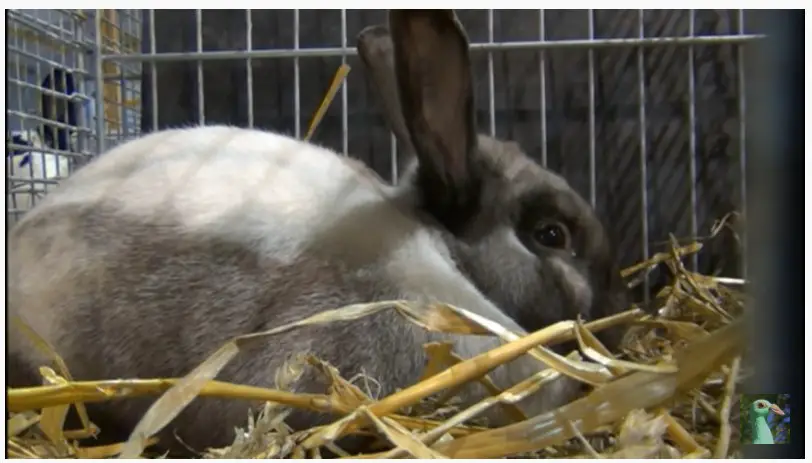
Sallander rabbits are very lively and are energetic breeds. They might not be the perfect breed if you are after a cuddle, but they are not really that aggressive. If they have experienced handling even at an early age, they may grow up to be affectionate and social. Generally, sallander rabbits are not recommended for families who have young children as this breed is less tolerant of handling compared to other rabbits.
Because rabbits are also very social, they feel their happiest when they are kept in twos or threes. The rabbits may also bond closely to one another, and they also form extremely close bonds. In the beginning, non-bonded rabbits must be supervised until they get to know each other. If a rabbit is alone, though, they will demand lots of time and attention from their humans. But, humans must remember that humans cannot substitute the interaction rabbits have with each other.
Food and Eating Habits
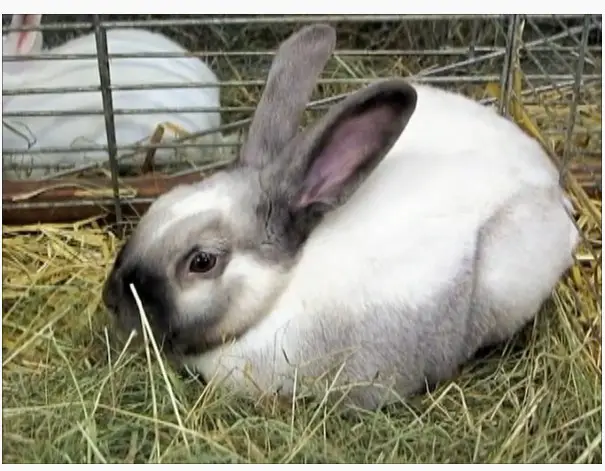
Sallander rabbits have herbivorous diets, which mainly consists of pellets, hay, and vegetables. Hay is very important for dental and digestive health. Unlimited quantities of oat, orchard, and timothy grass can be taken by these rabbits. Owners should also provide fresh pellets made from high-fiber. As much as you can, it would be best to provide the rabbits with dark and leafy vegetables like kale, lettuce, romaine, spinach, and spring beans must comprise ¾ of the total diet. The remaining quarter must be a mixture of bell pepper, broccoli, cauliflower, and summer squash.
Common Health Problems
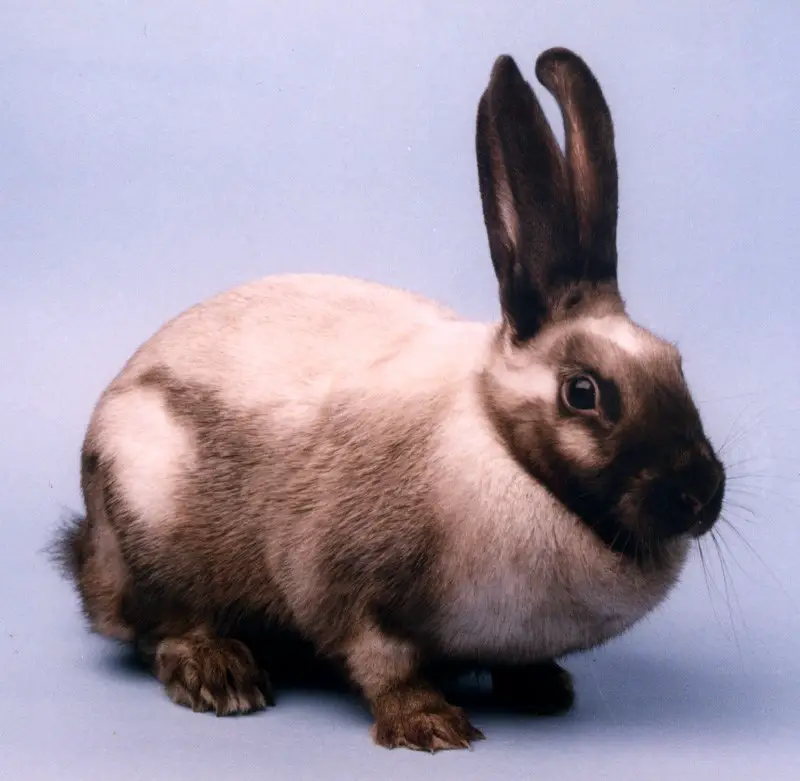
Sallander rabbits should also be protected from intense temperature changes, dust, and fumes. Owners should always keep in mind that rabbits are delicate, and they must live in the right environment for them to be stress-free and healthy.
Like other rabbit species, the sallander rabbits have teeth that usually become overgrown. This is why owners should make it a point to examine their teeth regularly. Sallander rabbits must be regularly provided with fibrous vegetables and gnawing toys to keep their teeth worn down to the appropriate size.
As a precaution, sallander rabbits must be vaccinated against myxomatosis and viral hemorrhagic disease. Also, you should treat your pet for worms, ticks, and fleas if you allow them to play outside. If you can, have your female spayed to prevent uterine cancer, as well as prevention of grumpiness whenever they are in heat.
Environment and Housing
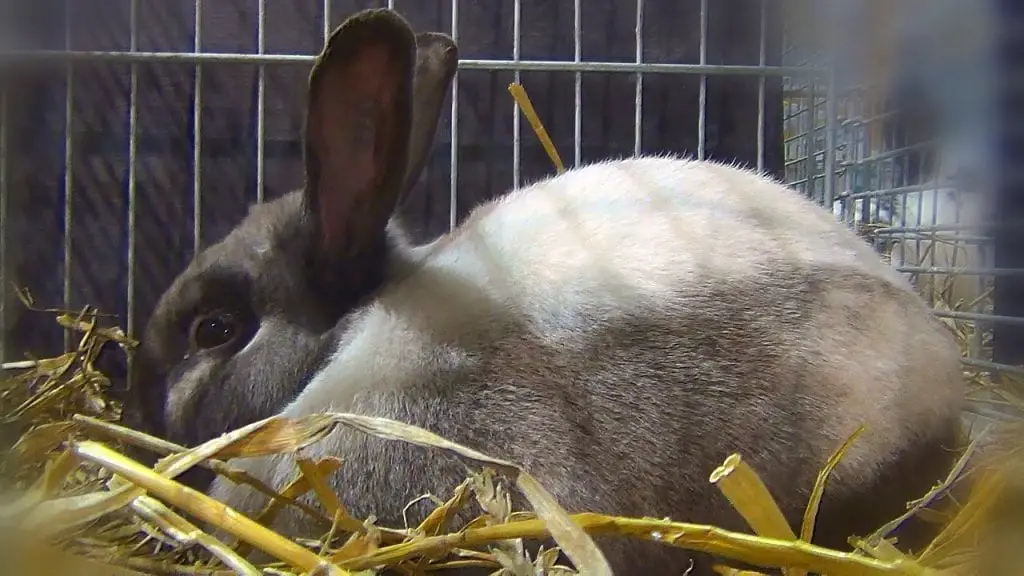
For sallander rabbits placed inside the house, they should be set up with a dog crate or a rabbit cage that is spacious enough for them to feel comfortable and safe. These rabbits can also be trained to use a litter tray, and the house must be cleaned and rabbit-proof to prevent possible intoxications and destruction of the owner’s belongings.
Their enclosures must be at least five times the size of the rabbit with plenty of room to stretch and to stand upright. Wire mesh flooring should also be avoided because they can cause injury and pain to the feet of the rabbit. You can also train the rabbits to use a litter box. The best litters are non-toxic and are dust-free. The appropriate litter materials to use are recycled paper litters, pellets, citrus-based litters, compressed wood pellets, newspaper, hay, and aspen shavings.
Though the rabbit lives indoors, it would be better if the owner can provide them with a few hours to roam outside in the yard or garden.
Fun Facts about Sallander Rabbit
- The sallander rabbit was created by combining Chinchinilla Rabbits and Dutch Thuringer Rabbits in the 1970s in Holland.
- The sallander rabbit has roots within the Salland regions of the Netherlands.
- The sallander rabbit is recognized by the British Rabbit Council in the UK, but it is not yet recognized by the American Rabbit Breeders Association.
- The coat of the Sallander rabbit is likened to a painting by an artist because of the swirly design.
- The Sallander rabbit has an average lifespan of 7 to 10 years.
Where Can You Get a Pet Sallander Rabbit?
Sallander rabbits can be bought from pet stores, but you can get them from a pet shelter, pet rescue group, and private rabbit adoption agencies.
How to Care for a Pet Sallander Rabbit?
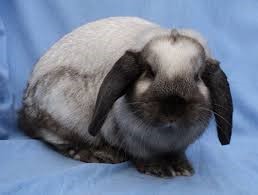
Before getting a sallander rabbit as a pet, there are some important things that you should know about. Sallander rabbits require your attention and time. These cute pets are curious, playful, and social animals, and they will live a sad life if you keep them confined to their cage without paying them attention. Because these rabbits also need to explore, owners must also rabbit-proof their space against gnawing and nibbling. The sallander rabbits also require occasional care from veterinarians, and some countries also require that these pets get vaccinated.
FAQs
How big is a Sallander rabbit?
The Sallander rabbit is medium in size, about 2.5 to 4 kilograms.
Do Sallander rabbits make good pets?
The Sallander rabbits are for experienced rabbit owners, and they are not recommended for those who have very young children.
What is the body shape of a Sallander rabbit?
Sallander rabbits have a commercial body shape.
